30km San Severo to Foggia (Regio Tratturo)
Olives on the Tavoliere di Puglia
Ride overivew
After all the hills and the bumpy sheep tracks of the last three days, to ride on roads across a completely flat ‘table’ feels like a well earned reward. However, as far as scenic rides go, this will be towards the bottom of the list, for you are riding across the second largest plain in Italy with little to distract you, other than the gravel road and the many pot-holes. That said, you ride past many thousands of rows of olives, and huge fields filled with artichokes, tomatoes and asparagus. There’ll be windmills, migrant labour, distant mountains and Foggia, a commercial and administrative centre for the whole of the Tavoliere di Puglia. The ride ends at the ‘Epitaph’, a monument erected by way of thanks to Philip IV who re-codified the rules governing the use of the Tavoliere, which in essence meant protecting the grasslands solely for the benefit of sheep.

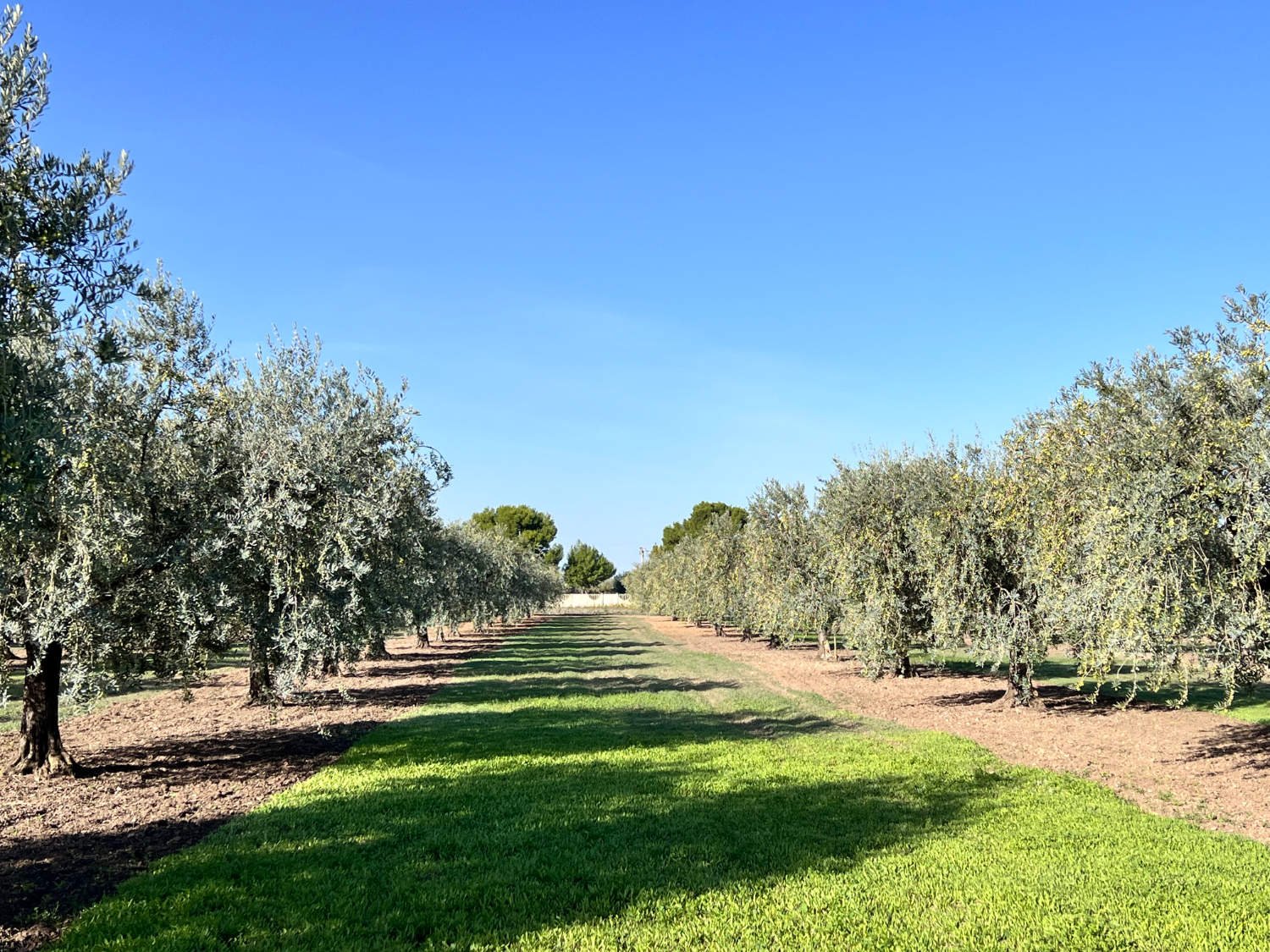
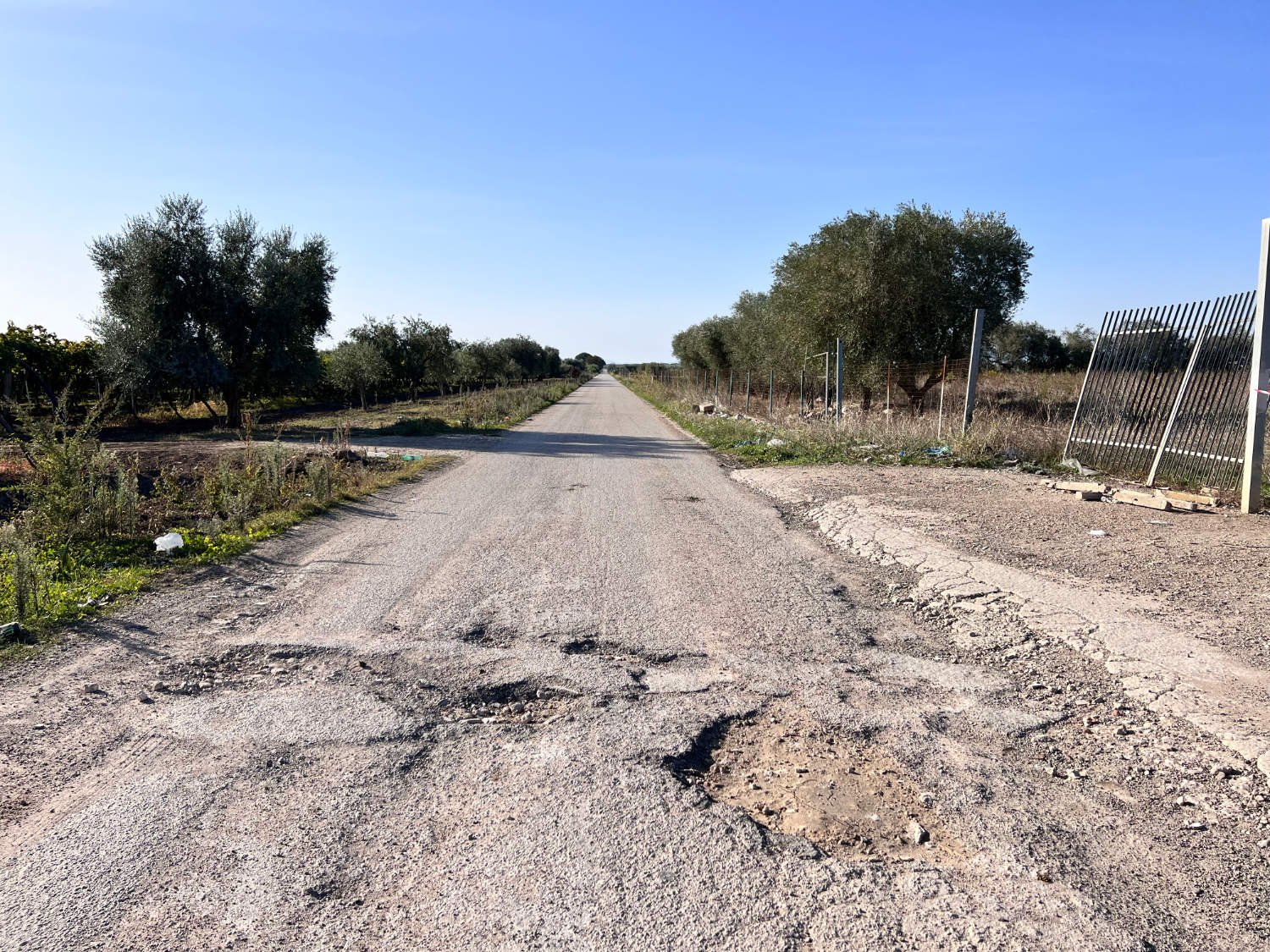

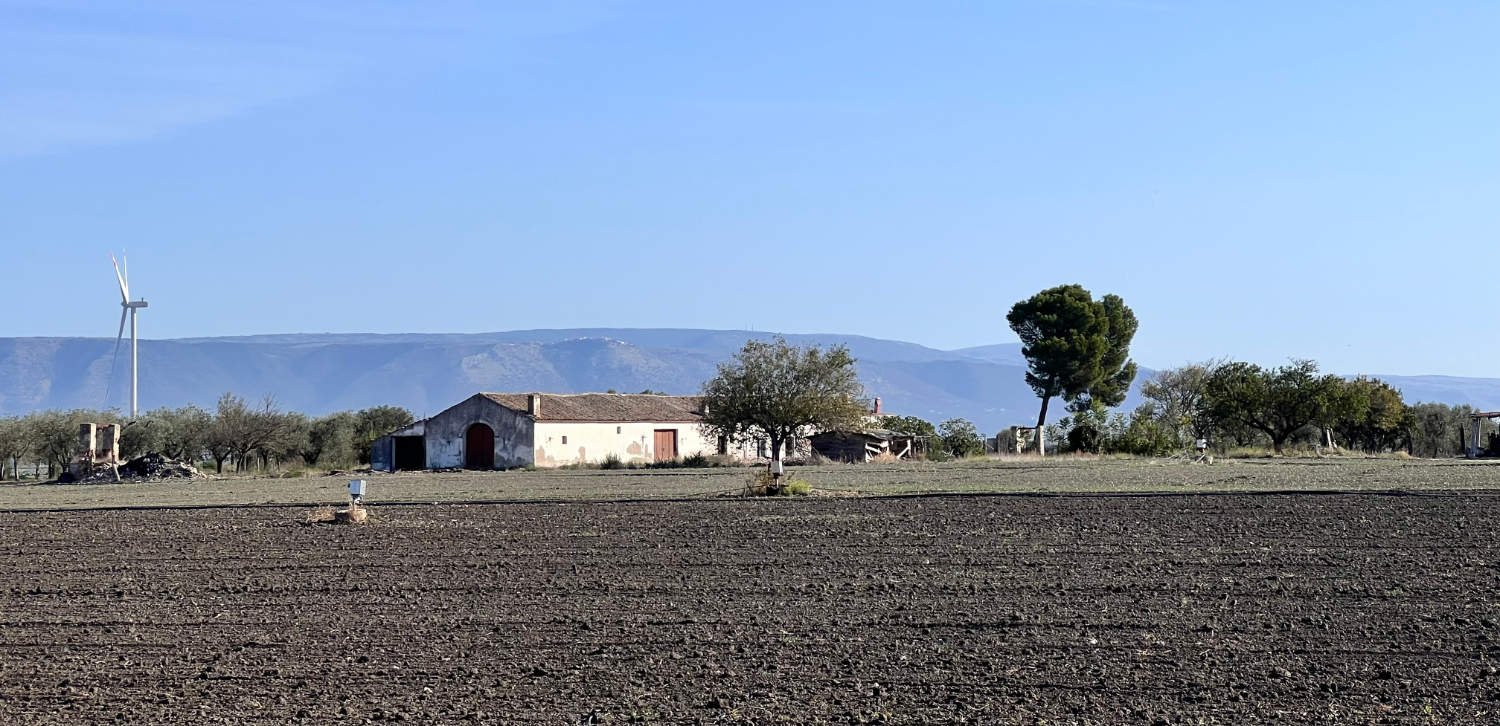

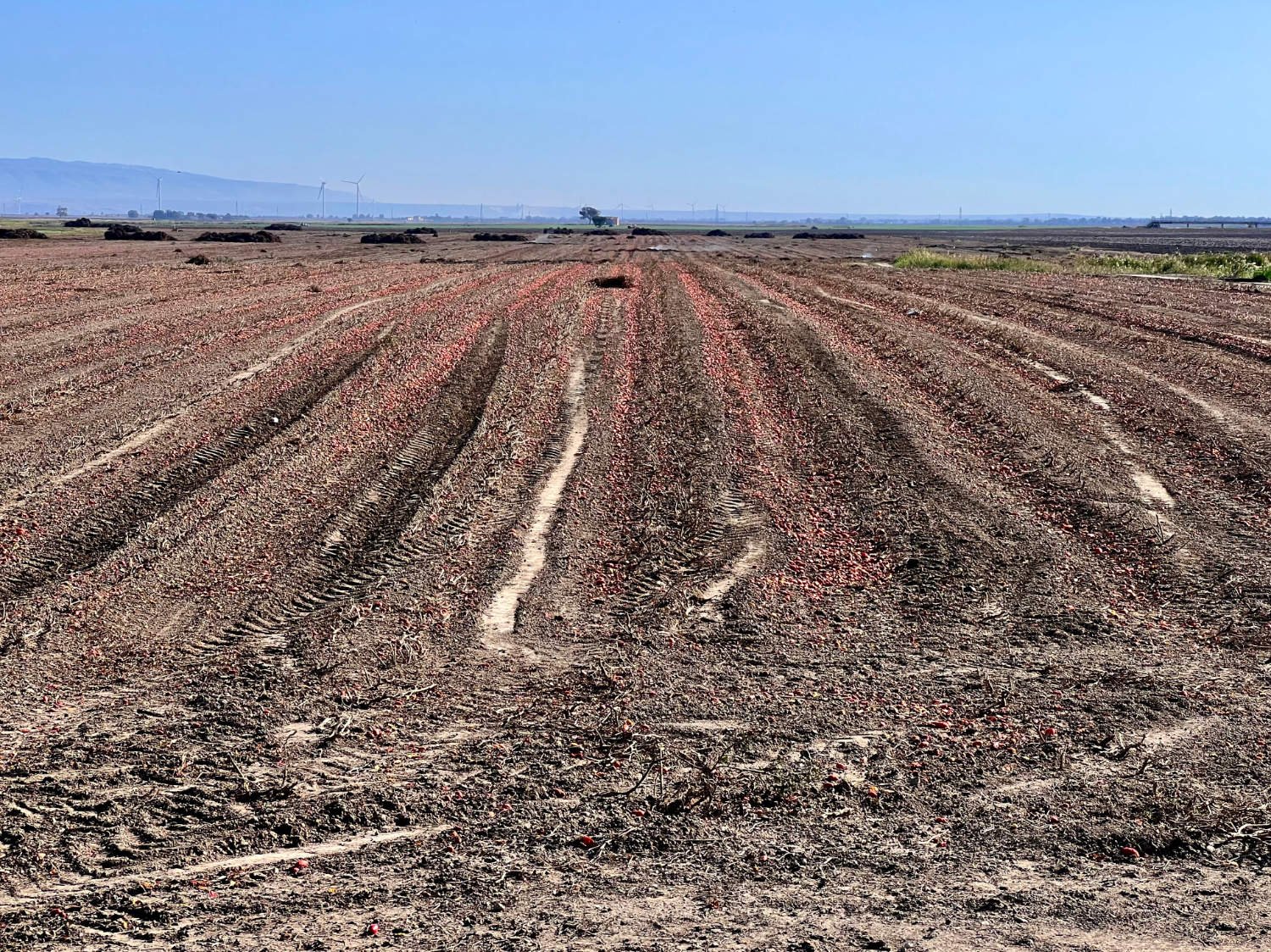
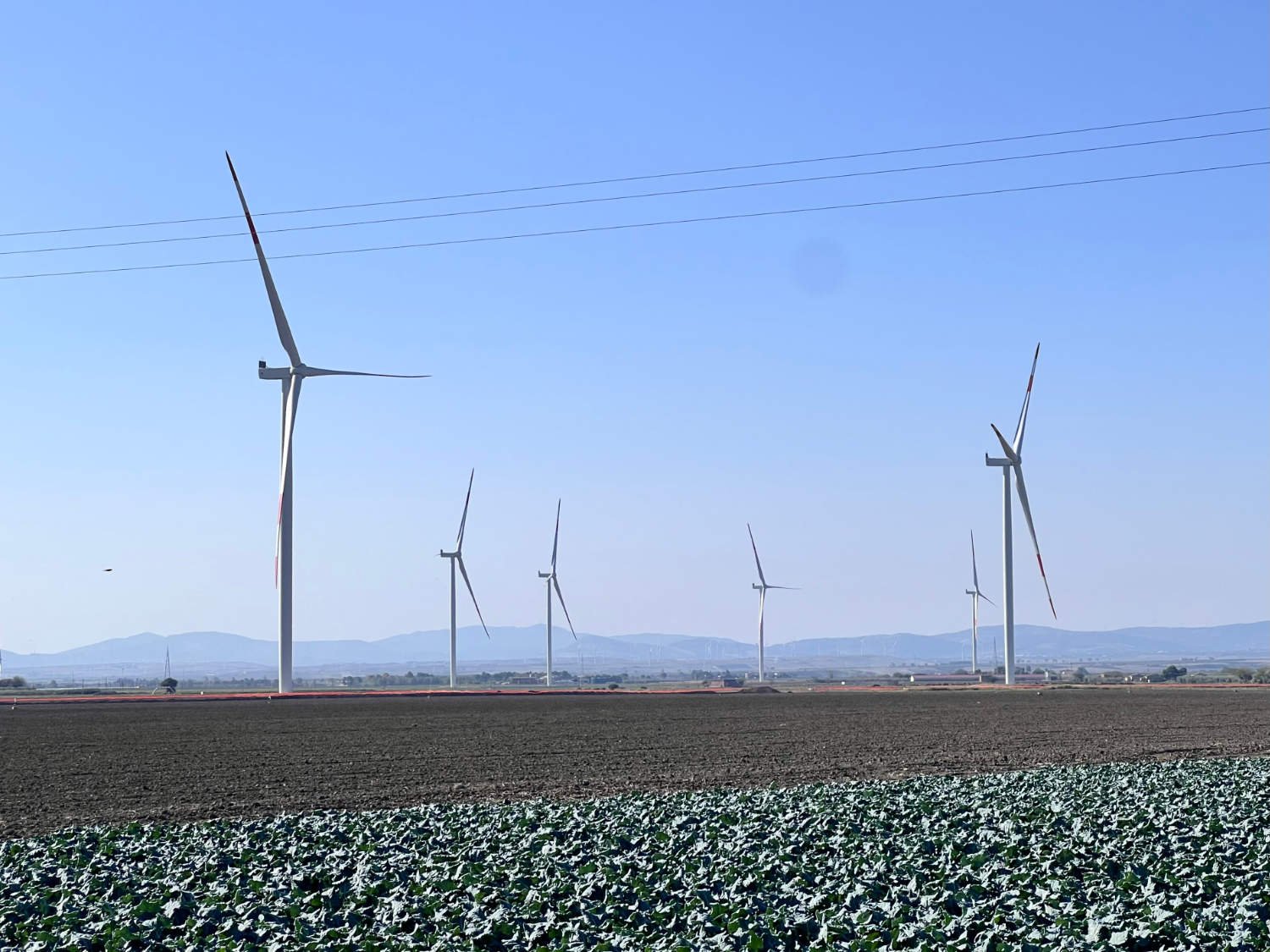


Ride practicalities
START/FINISH: S. Severo/Foggia; , DISTANCE: 37km TOTAL ASCENT: 135m TERRAIN AND SURFACES: Quiet rural roads, other than the run into Foggia where you have no choice but to endure 3km of a very busy road RECOMMENDED ACCOMMODATION*: RECOMMENDED FOOD/DRINK: There’s nothing on route until Foggia MAINLINE TRAIN SERVICES: Foggia LINKS TO OTHER RIDES:
*Only places which meet WMWG criteria are listed. For other suggestions use your preferred App, e.g. Booking.com etc
Ride Notes
From being a sea floor, to a marshy, poorly drained expanse of grass used by sheep and cattle, to a better drained grassland devoted entirely to sheep, to its modern incarnation as the food basket of Italy, the Tavoliere delle Puglie has had its part to play in the feeding of a nation. That said, it’s a pretty desolate, even menacing place, made more so by the knowledge that the Neolithic tribes who lived on the plain practiced ritual de-fleshing of the dead. In modern times, Foggia and the surrounding area has become notorious as the home to Italy’s fourth and most violent mafia gangs. It is said that they control much of the farming sector around Foggia, although with the ‘omerta’ (silence) evidence is hard to find. Unless you are pedalling drugs, or taking long range photos of ‘activity’ in far-off fields, you’ll be of no interest to the gangs. (In fact, the only gangs you’ll see are the working parties comprising of African immigrants).The shepherds were not fond of the place either, for it must have been pretty bleak in winter as they crowded around smokey fires waiting for six months to pass before they could head back to their mountains.
Leaving San Severo you are quickly onto a dead straight road with a reasonable surface, passing many thousands of rows of olives. After 6km you turn onto the equally straight SP13 whose surface defies any suggestion that this is an official road. As a gravel track, it is as near to perfection ; no mud, no trees nor plants, no rocks, just pure gravel. The kilometres flash past in a crunch of small stones.
The riding passes enormous industrial fields of tomotos, asparagus and artichokes. Chain gangs of African immigrants bend their backs to the plants and toss the ripe vegetables into the trailers attached to slow moving tractors. In medieval times at the height of the transhumance, strict laws governed the plain in order to maintain the grasslands, but as time went on, enforcement weakened as the Pugliese saw more value in crops than sheep. Today, there is no grassland and nowhere for sheep.
Finally Foggia’s buidlings begin to rise from the plain, and as with all the towns along the route, the only way in is on a busy road which lasts for 3km. Hug the kerb, keep your wits about you and arrive in the bustling town. You ride past the old Doganna, the Custom’s House where the taxes on the sheep would have been collected and after a short crossing of the traffic-free centro storico, you arrive at the Epitaph.
The hexagonal column is thought that to have been erected as a mark of gratitude to Philip IV, King of Spain and the Kingdom of the Two Sicilies, as a ‘thank you’ for having re-codified the regulations of the tratturi in the sixteenth century,. Today it stands ignored with statue of a noble person (said to be the king, but looking like and dressed in the Southern Italian style of the time) peering down from his tall column.
The Epitaph of Foggia (epitaffio di Foggia)
Should you wish to return in spring so that you may return to the Abruzzi mountains via the other great tratturo, the Foggia-Celano, this is where you’ll begin your journey. That though is for another time, as now you’ll head off to the train station rather than spend the next six months mooching about on the Tavoliere delle Puglie. This very beautiful adventure is now ended.
Every route on this website has been carefully researched as well as ridden. However situations on the ground can change quickly. If you know of changes to this route, or cafes, pubs and the like which you think other cyclists need to know about, feel free to share your thoughts below.
If you enjoyed this guide, why not subscribe to the website so as not to miss other inspirational routes?
wheremywheelsgo.uk is a Feedspot UK Cycling top website





100km Stage 1